Descrição
Os porcos de espuma são dispositivos usados na manutenção e limpeza do pipeline. Eles foram projetados para serem inseridos em tubulações e empurrados pelo fluxo de um fluido, geralmente a gás ou líquido. Os porcos de espuma são feitos de material de espuma, geralmente poliuretano e vêm em vários tipos, dependendo de seus recursos e aplicações específicos.
Diferentes tipos de porcos de espuma
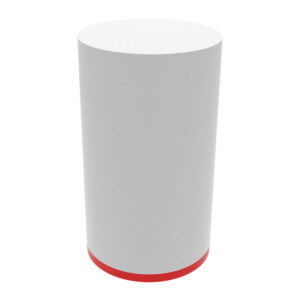
1. Porco de espuma bi-Di higroscópica (Modelo: LCQZ-RTH):
-Este porco de espuma é feito de material de poliuretano, formado através de espuma única.
- Tem uma textura suave e boa elasticidade.
-O porco de espuma bi-Di higroscópico exibe forte absorção de água, permitindo que ele deforme até 70% de sua forma original.
- É particularmente eficaz para desidratar, degolhos e secas.
-Os parâmetros técnicos incluem uma pressão inicial de 0,2-0,3 MPa, densidade variando de 35 kg/m³ a 150 kg/m³, suportando a pressão de 7mpa, taxa de alongamento de 320%, uma taxa de compressão de 60km de vida útil de 50.000 vezes, a taxa de operação de 40 km de operação de 40 km de operação de 40.000 vezes.
2. Porco de espuma nua (Modelo: LCQZ-RTN):
- O porco de espuma nua também tem uma textura suave e boa elasticidade.
- Possui forte absorção de água, permitindo uma quantidade de deformação de até 60%.
- Esse tipo de porco de espuma é comumente usado para desidratar, deglear e secagem.
-Os parâmetros técnicos incluem uma pressão inicial de 0,2 MPa, densidade variando de 35 kg/m³ a 220 kg/m³, suportando a pressão de 7MPa, taxa de alongamento de 320%, uma taxa de compressão de 60 °, uma vida útil de 50.000 vezes, uma taxa de atrito de 4 mm/100km, a distância de 100km -50km -50.
3. Polly Foam Pig (Modelo: LCQZ-RTR):
- O porco de espuma Polly é feito com material de poliuretano no interior e um revestimento de elastômero de poliuretano na superfície.
- oferece boa flexibilidade e resistência ao desgaste.
- A quantidade de deformação desse porco de espuma pode atingir 50%, tornando -o amplamente utilizado.
- Suas principais aplicações incluem esfregar, descida e isolamento de fluidos em tubos.
-Os parâmetros técnicos incluem uma pressão inicial de 0,02 MPa, densidade variando de 35 kg/m³ a 220 kg/m³, suportando a pressão de 7MPa, taxa de alongamento de 320%, uma taxa de compressão de 50km de vida de 50.000 vezes, uma taxa de atrito de 2 mm/100km, a distância de operação de 100KM -300
4. Porco de espuma cruzada CRISS com mesa de pincel (Modelo: LCQZ-RTCB):
- Este porco de espuma é feito de material de poliuretano no interior e revestido com um revestimento de elastômero na superfície.
- Possui uma escova de arame em espiral preso a ele.
- Com um valor de deformação de até 40%, é elástico e não cai facilmente.
- O porco cruzado de espuma cruzado com mesa de pincel é usado principalmente para remover escalas duras dos pipelines, proporcionando melhores efeitos de remoção de ferrugem e descontaminação.
-Os parâmetros técnicos incluem uma pressão inicial de 0,2-0,3 MPa, densidade variando de 35 kg/m³ a 220kg/m
- The Criss Cross Foam Pig with Brush Table (Model: LCQZ-RTCB) has a density ranging from 35kg/m³ to 220kg/m³, withstands a pressure of 7MPa, a stretch rate of 320%, a compression ratio of 50, a flex life of 50,000 times, an attrition rate of 2mm/100km, the operating distance of 100km-300km, and an operating temperature range of -30 a 100 ℃.
5. Porco de espuma cruzada CRISS (Modelo: LCQZ-RTCC):
- O porco de espuma cruzado CRISS é feito de material de poliuretano no interior e revestido com um elastômero de poliuretano de bloco prismático na superfície.
- exibe alta dureza superficial e um grande coeficiente de atrito.
- Este porco de espuma é caracterizado por alta elasticidade e resistência.
- É comumente usado para limpeza de tubulações, remover impurezas e realizar procedimentos de limpeza.
– Technical parameters for this foam pig include a starting pressure of 0.2-0.3 MPa, density ranging from 35kg/m³ to 220kg/m³, withstanding a pressure of 7MPa, stretch rate of 320%, a compression ratio of 50, flex life of 50,000 times, the attrition rate of 2mm/100km, the operating distance of 100km-300km, and an operating temperature range of -30 to 100 ℃.
Essas são as descrições expandidas dos diferentes tipos de porcos espumosos que você mencionou, incluindo seus modelos, performances e parâmetros técnicos. Os porcos espumos são ferramentas versáteis usadas em várias tarefas de manutenção de pipeline, oferecendo diferentes recursos para atender a limpeza, desidratação, desgosto e necessidades de secagem específicos.
Principais conteúdos da tecnologia de porcos aplicados em tubulações de transmissão de gás natural de longa distância
(1) Procedimento para organizar operações de porcos em oleodutos de transmissão de gás natural de longa distância:
Ao implementar a tecnologia de porcos em tubulações de gases naturais de longa distância, é crucial seguir os procedimentos adequados para mitigar os riscos. O descuido durante as operações de porquinhos pode resultar em bloqueios de porcos, exigindo corte de tubulação e potencialmente causando vazamento de gás. Desenhando lições de experiências anteriores, uma abordagem sistemática deve ser adotada.
A etapa inicial envolve a utilização de um porco de placa reta para fins de exploração e detecção. Isso permite que a equipe obtenha informações sobre as condições internas do pipeline. Com base nas circunstâncias específicas, um método bem considerado é selecionado para conduzir a operação de porcos. É importante enfatizar um processo passo a passo, em vez de se concentrar apenas na velocidade.
(2) Desenvolvimento de padrões específicos de porquinhos para oleodutos de transmissão de gás natural de longa distância:
Devido às complexidades e riscos associados ao trabalho de porquinhos em tubulações de gases naturais de longa distância, o planejamento completo é essencial. Padrões específicos de porquinhos devem ser formulados para orientar a tecnologia de porcos. Os membros da equipe devem começar recuperando desenhos e dados relevantes do pipeline, permitindo um entendimento abrangente dos parâmetros detalhados do pipeline e condições reais. Posteriormente, é estabelecido um plano de porquinho meticuloso e detalhado, garantindo adesão aos procedimentos operacionais definidos.
(3) Implementação de operações de porcos em oleodutos de transmissão de gás natural de longa distância:
A supervisão e gerenciamento eficientes são vitais durante as operações de porquinhos. Antes de iniciar o processo de porquinhos, os preparativos adequados devem ser feitos. A manutenção e inspeção cuidadosas de todos os componentes, incluindo válvulas de ingestão e escape, são cruciais. Além disso, o treinamento completo na tecnologia de porcos deve ser realizado para impedir qualquer faísca resultante de colisões ou atrito durante o uso. Atenção específica deve ser dada a determinadas áreas.
Ao recuperar a bola de porco no cilindro, é importante que os operadores substituam o ar interior por nitrogênio para minimizar os diferenciais de pressão. Uma válvula de equilíbrio é instalada na junta redutora do cilindro de bola para facilitar a pressurização controlada. A sequência envolve a abertura das válvulas de entrada e saída do cilindro da bola, seguido pelo fechamento da válvula de balanceamento. Seguindo estas etapas durante o impulso lento, a operação pode ser conduzida de maneira eficaz e segura.
Por que nos escolher
1. Muitos tipos de porcos espumos com diferentes tipos atendem a diferentes requisitos.
2. Serão oferecidas amostras para atestar a qualidade e nossos serviços.
3. O feedback mais rápido!
4. O prazo de entrega mais rápido.
5,24 horas, 7 dias online.

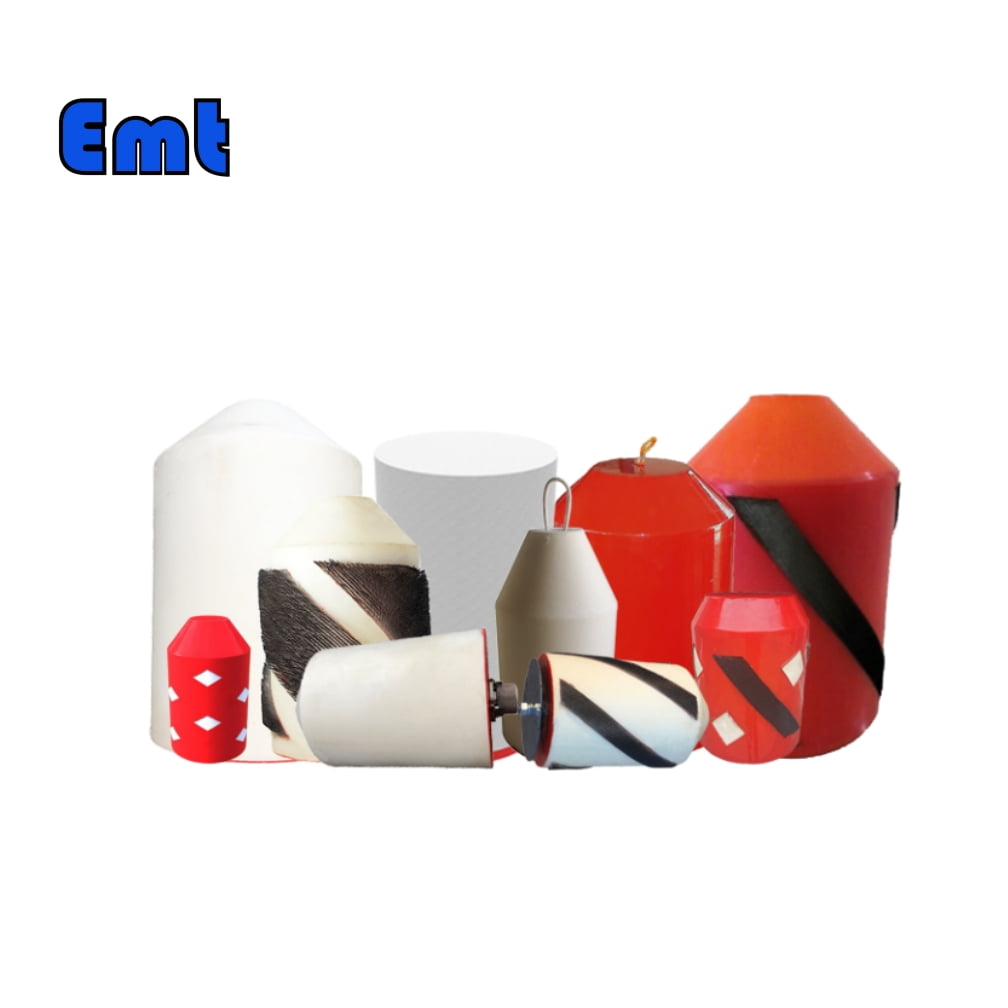
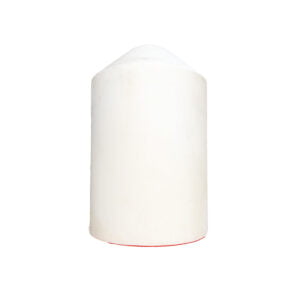

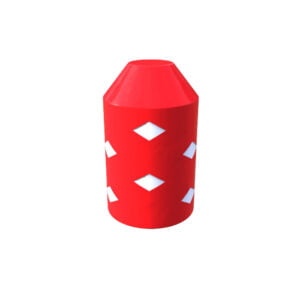

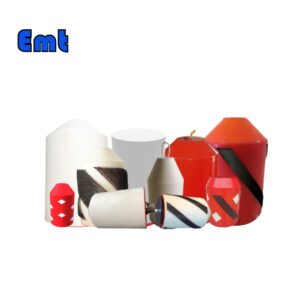
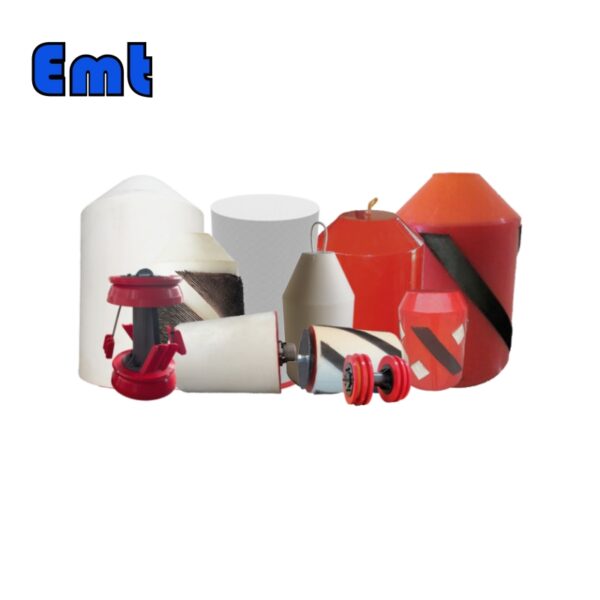
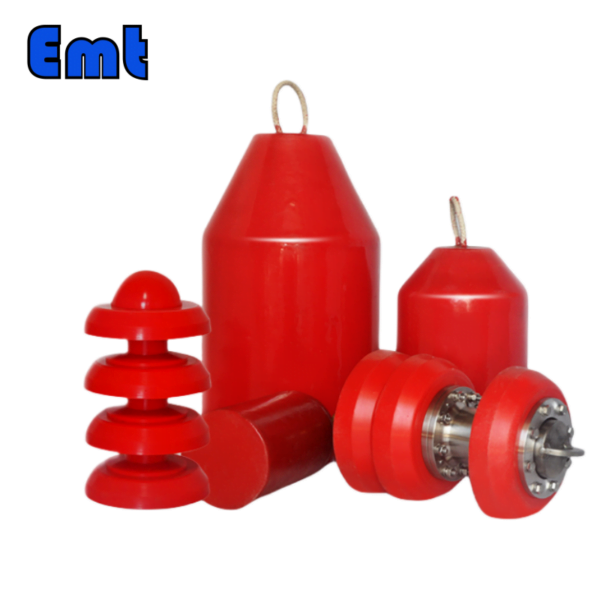
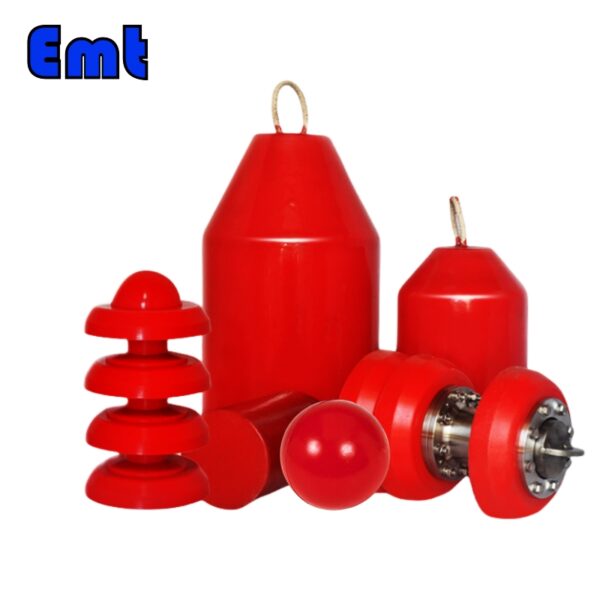
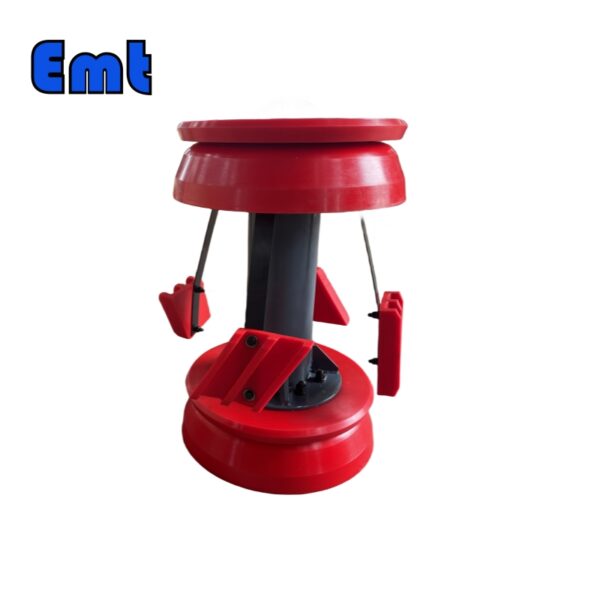
Avaliações
Não há comentários ainda.